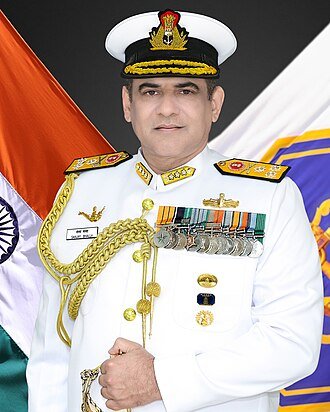While studying Indian history in school days, one was repeatedly told that the foreign invaders resorted to ‘divide and rule’ policy to gain control over India. They were painted as unscrupulous schemers who exploited the simple, trusting and gullible Indians.
It is only at a much later stage that one realised the hollowness of the above assertion. The truth is that we are adept at producing hordes of traitors who revel in India’s ruin. Every victory of the foreign invaders was facilitated by the local collaborators who betrayed their kings for some devious reward or to settle personal scores. No fort was ever conquered without the infidelity of a trusted minister/commander.
Unfortunately, centuries of slavery has taught us nothing. We carry on spawning throngs of people who can stoop down to any level (even imperil national security) for their petty gains. Our leaders, media and intellectuals appear to have a single point agenda: how to generate innovative issues to keep the nation divided and embroiled in petty bickering and internal dissentions; and thereby impede progress and bring a bad name to the country. They abhor India’s rise. Let me elucidate.
First, the leaders: they are the fountainhead of all fissiparous tendencies. For them, vote bank politics take precedence over everything else. One does not have to be a visionary to predict the danger of abetting illegal migration from Bangladesh for garnering votes. But unscrupulous political leaders carry on unconcerned.
One hangs one’s head in shame when political leaders extend their support to a delinquent student leader who seeks destruction of India. Comparing him with martyr Bhagat Singh is by far the most perfidious act.
Perhaps, India is the only country that has an ignominious track record of producing Home Ministers who revelled in shaming the country. One concocted theories of saffron terrorism to please his party bosses. In so doing, he presented a convenient propaganda tool to Pakistan. Another Home Minister did the unthinkable. He declared a terrorist to be innocent in an affidavit to the court. The aim was to ensnare the opposition leaders in a false case. Sadly, India’s intelligence gathering apparatus suffered immense damage in the process.
When a leader declares ‘it’s safer to be a cow than to be a Muslim in India today’, he puts the whole country to shame. The world media flashes such headlines with sinister pleasure. India’s image takes a terrible beating. Just to score a brownie point against the government, he presents a convenient propaganda handle to the hostile forces. How low can a leader stoop!
Recently, a renowned advocate and a former law minister told a TV channel that shouting slogans for the destruction of the country is not debarred in the constitution. According to him, freedom of expression was of paramount importance. Even demand for secession (azadi) was justified. As the interview progressed, one was not only amazed by his perverted reasoning but also shocked to see the brazenness with which he was arguing. Survival of India appeared to be of no concern to him. One wondered if one was watching an Indian or a Pakistani channel.
Secondly, the media personnel: the less said the better. From their conduct, it appears that many of them are foreign plants and India means little to them. When a leading media house invited a vicious and remorseless enemy like General Pervez Musharraf and groveled before him, it marked the lowest depths of shamelessness to which journalism could sink. Instead of castigating him for the Kargil war, he was treated as a peace loving guest.
Both the electronic and the print media never report ‘positives’ about the country. Ugly India sells (a la ‘Slumdog Millionaire’); and not progressive India. Remember how a TV reporter failed to digest the popularity of Modi in the US and tried to incite the crowd with provocative remarks. But then they get paid to demean India, and not to extol it.
Immense damage is also being inflicted on the unity of the country by the media through its Machiavellian and skewed reporting. Every news item is deliberately reported with a religious, caste or creed slant – ‘a dalit girl molested in a Delhi bus’ (as if other women are not molested in Delhi buses) or ‘church guard killed’ (in reality an argument between two security guards had turned violent) or ‘Muslim driver runs over a boy’ (as if his being a Muslim is of any relevance). Recently, in a case of cattle stealing, a leading newspaper could not resist the temptation to add that ‘one of the five thieves is learnt to have had connections with a cow protection group in the past’. How cunningly, a simply case of robbery was given a communal taint.
Petty vandals are given the coverage befitting a mass leader. It was obnoxious to see two TV channels airing their interviews with a student leader charged with sedition. The worst was the indulgent demeanour of the TV anchors; as if a national hero was being eulogised. The interviews were repeatedly telecast at prime time. Did these channels think of interviewing war heroes or martyrs’ families? Forget it; that would have been a pro-India act and that is an act of sacrilege for them.
Thirdly, the self-proclaimed secular intelligentsia: it has done the maximum damage to India’s prestige and standing. Some of them appear to be fifth columnists masquerading as progressive intellectuals. In which country of the world would the intelligentsia write to the US government not to receive their Prime Minister? Honestly, it is simply loathsome: duly elected representative of 1.25 billion Indians being subjected to indignities by a shameless bunch of foreign-educated and foreign-paid anti-national elements. Unfortunately, their protests get huge publicity abroad, thereby undermining all efforts to raise India’s standing in the world forum.
It can be said with certainty that the well-orchestrated campaign of intolerance was totally malicious in intent. The sole objective was to stall all progressive reforms by tarnishing the image of the government. How else can anti-nationalism be defined? As expected, having dented India’s reputation, sold-out media chose to ignore the true facts as they emerged.
Hundreds of Christians, led by the church leaders, marched in protest on the roads of Delhi against the alleged vandalism of churches and a theft in a Christian school. Routine cases of petty crimes were cited to suggest an anti-minority conspiracy. They ensured extensive coverage of their protests by the foreign and Indian media, thereby damaging India’s secular image. Foreign channels are only too eager to shame India. Unwisely, even Obama got carried away with his uncalled for advice, losing considerable goodwill in India. Reportedly, he said so on the prodding of an Indian leader.
Soldiers and the national symbols: the national flag, the national anthem and the national salutations are representative of a country’s national identity and pride. They symbolise ancient heritage, current challenges and future aspirations. For soldiers, their sanctity is incontestable.
Thousands of soldiers have sacrificed their lives to plant our tricolour on the enemy strongholds, thereby earning the ultimate honour of having their bodies draped in the national flag.
Notes of the national anthem make every soldier get goose pimples. The response is instantaneous and the effect is electrifying. Even in their homes, they stand up with their families when the national anthem is played on TV during Independence/Republic Day ceremonies.
Similarly, national salutations like ‘Hindustan Zindabad’, ‘Jai Hind’ and ‘Bharat Mata Ki Jai’ make adrenalin surge through their bodies. The salutations act as a rallying call to inspire the soldiers for the ultimate sacrifice. All military functions conclude with full-throated renditions of ‘Bharat Mata Ki Jai’.
Therefore, the current controversy regarding national salutations is highly painful to the soldiers. They fail to understand as to how an Indian can have difficulty in hailing the country. How can ‘Bharat Mata Ki Jai’ be assigned religious overtones.
Finally: history stands testimony to the fact that a nation infested with the virus of treachery, deceitfulness and perfidy has always been an easy prey for foreign subjugation. No one knows this bitter truth better than India. Yet, our leaders, media and intelligentsia keep discrediting and harming the country through their seditious utterances and activities. Under the garb of freedom of speech, they support those felonious speakers who vow not to rest till India is destroyed.
When Paris was hit by the terrorist attacks, the whole country gave a unified response. Compare it with our Batla House encounter against Indian Mujahdeen where two terrorists were killed and two arrested. A brave police officer lost his life. Yet, many seditious elements had the impudence to term the encounter to be ‘fake’.
Therefore, the mystery remains unsolved. Why does India continue to produce so many Jaichand and Mir Jafars? Is India a cursed nation or is treachery a part of our DNA? One wonders.*****



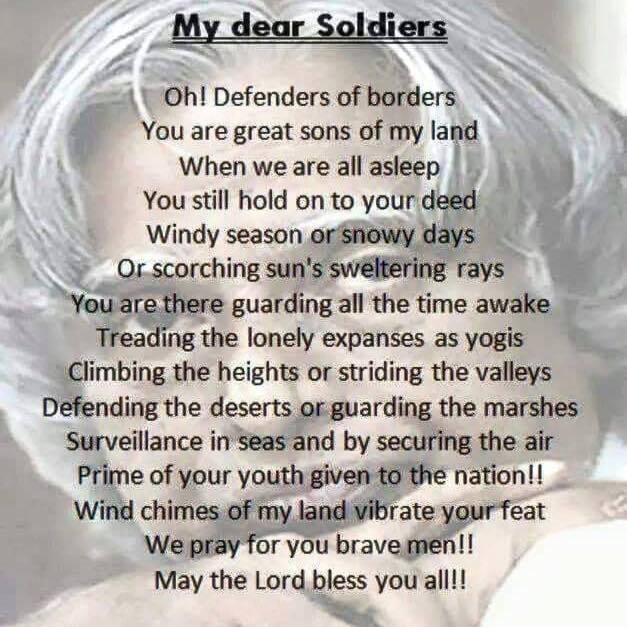






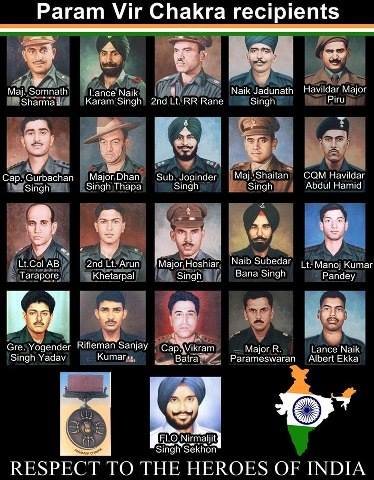

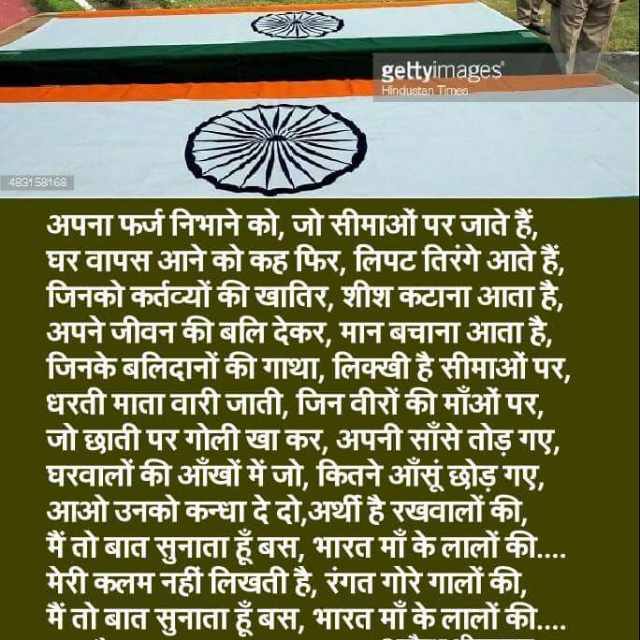
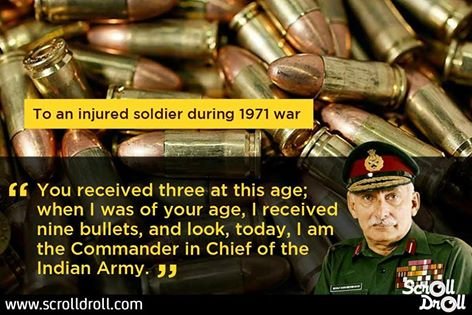
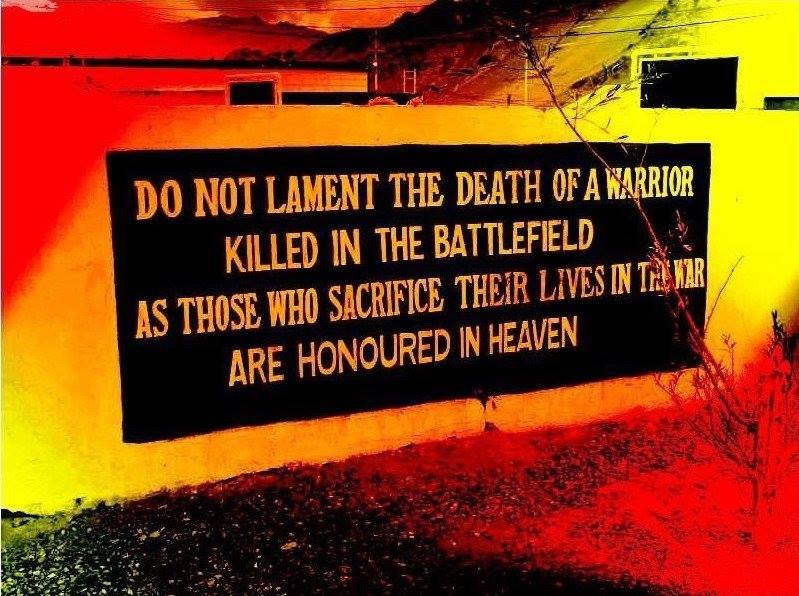

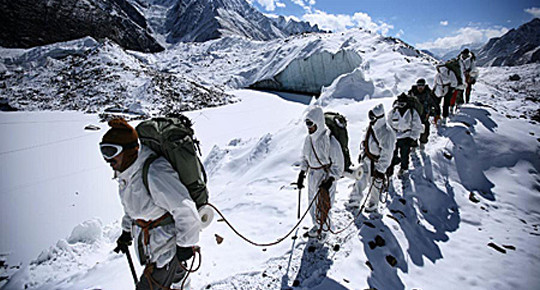
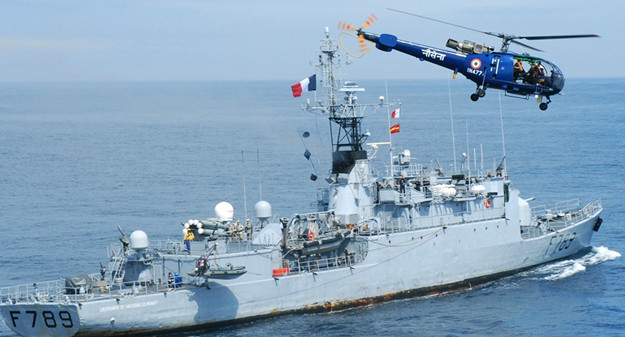
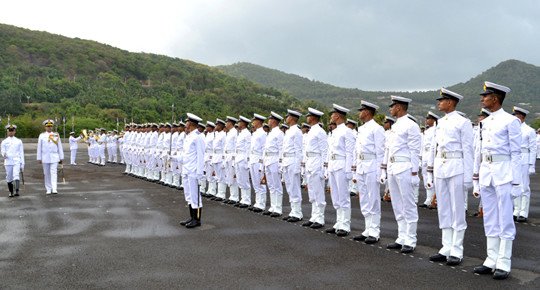
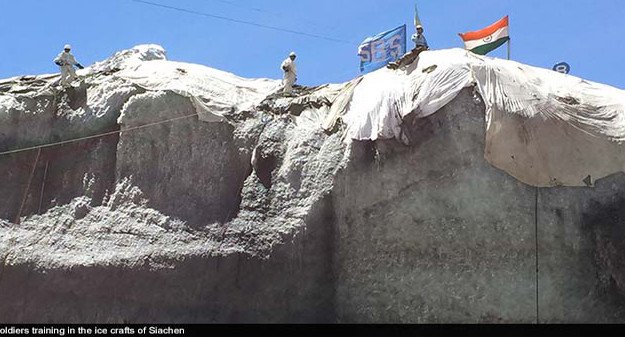
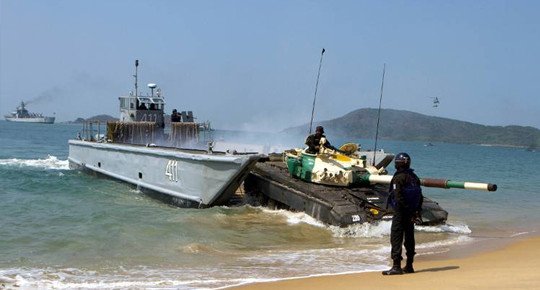
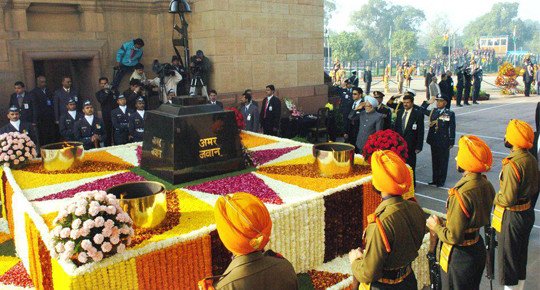
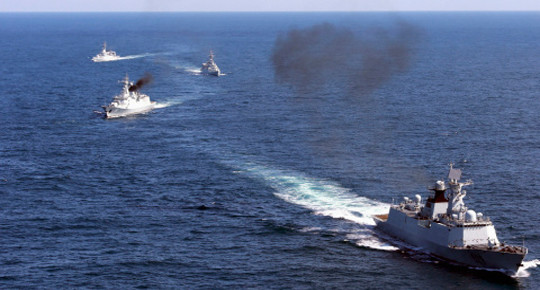
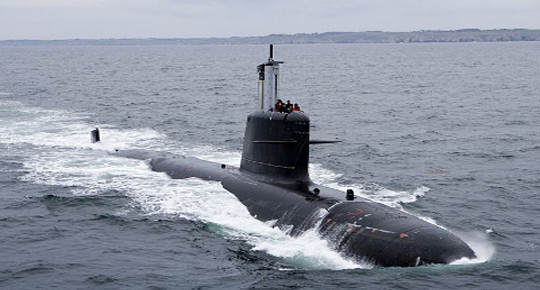
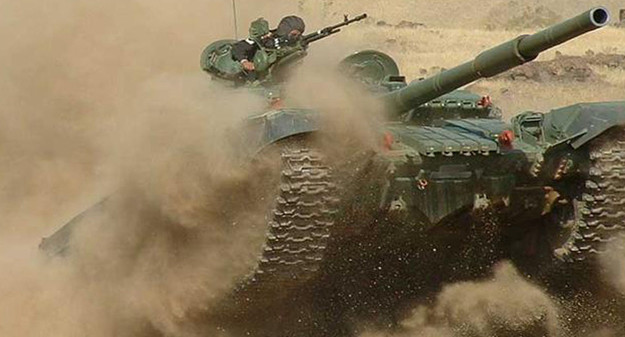
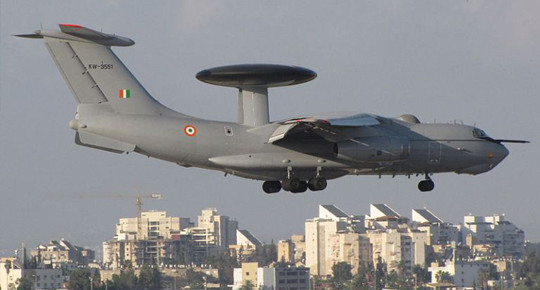
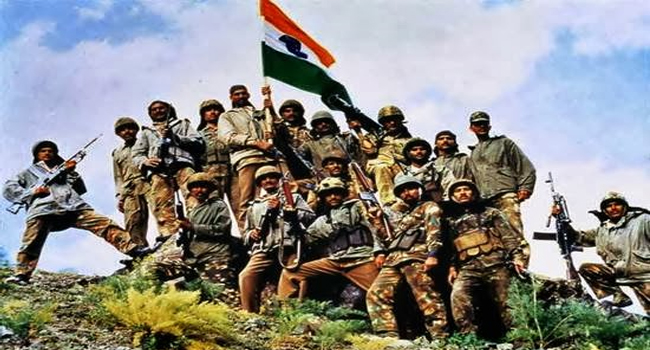
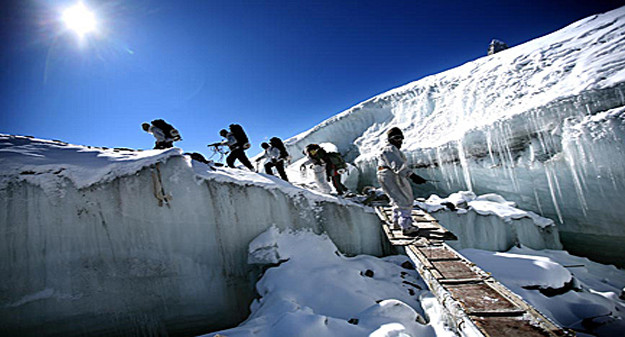
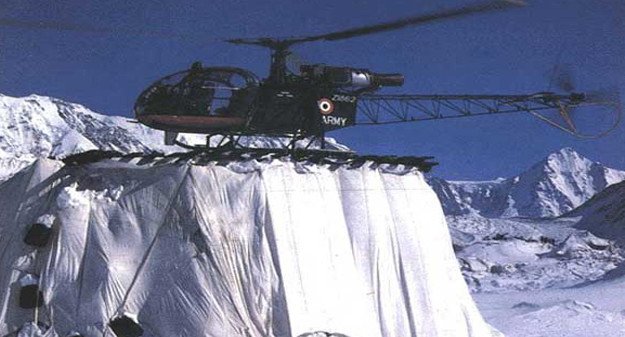
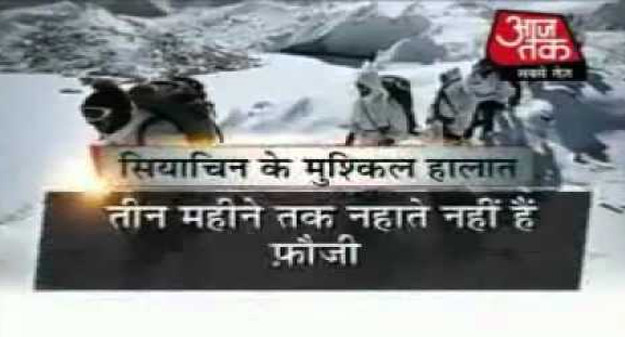
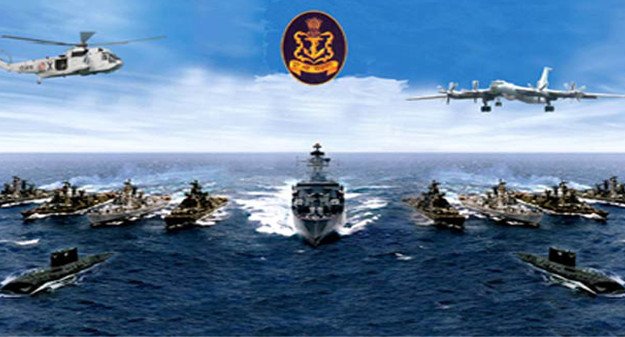
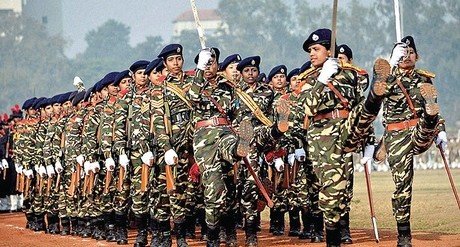
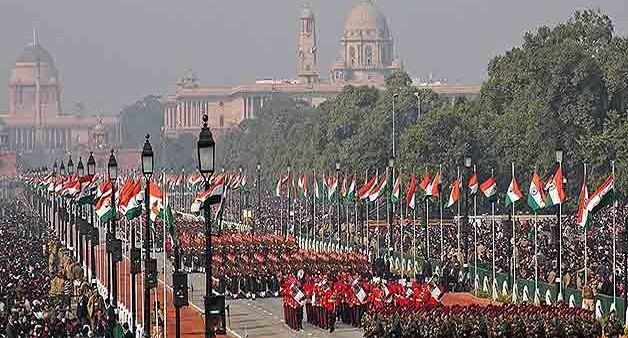
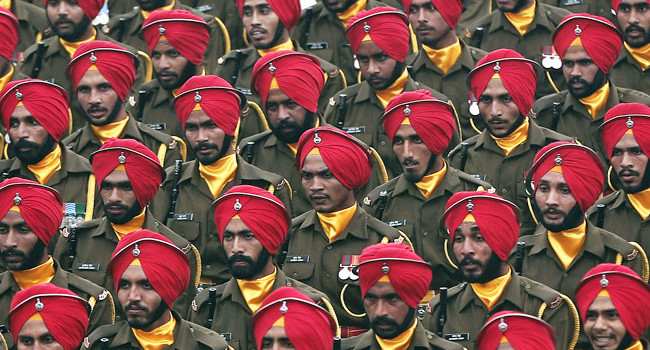
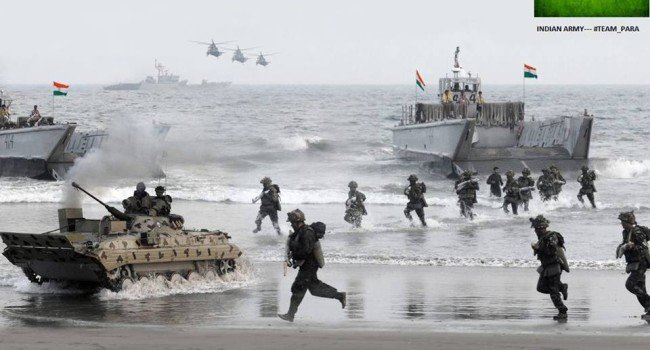
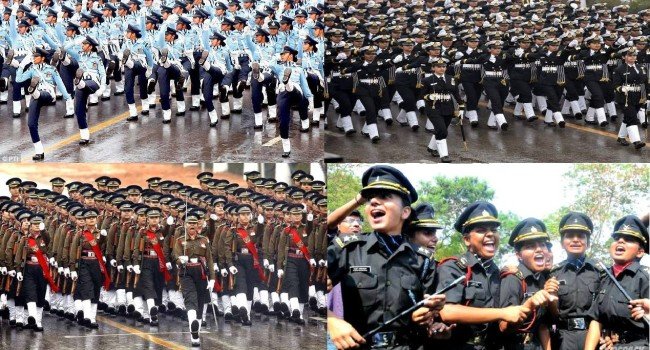
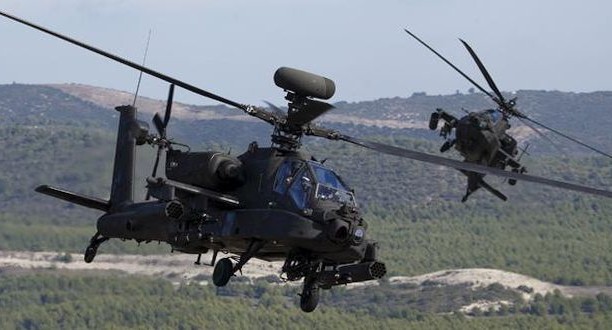
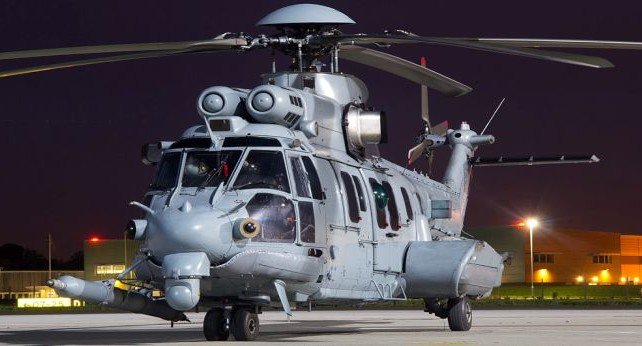
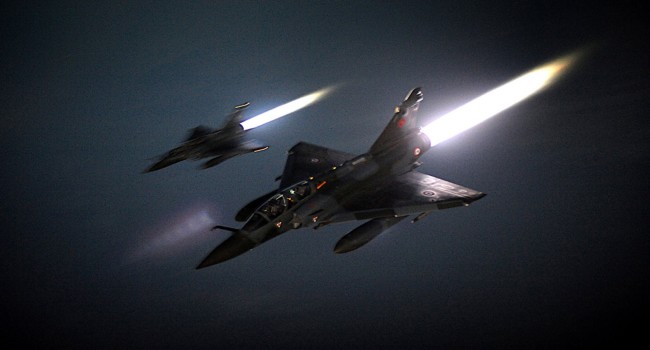
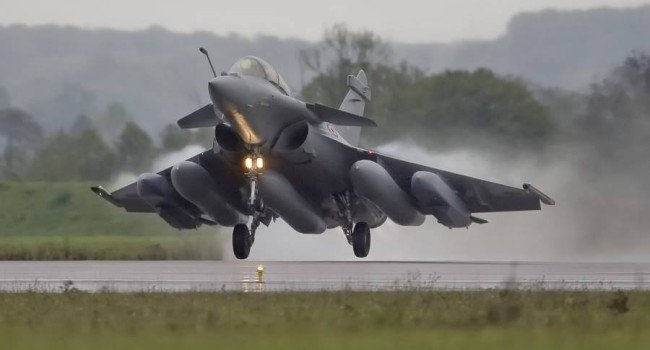
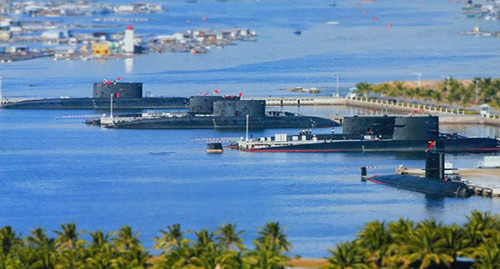
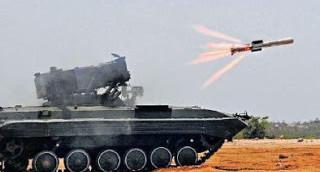
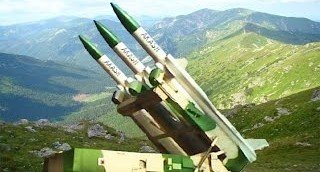







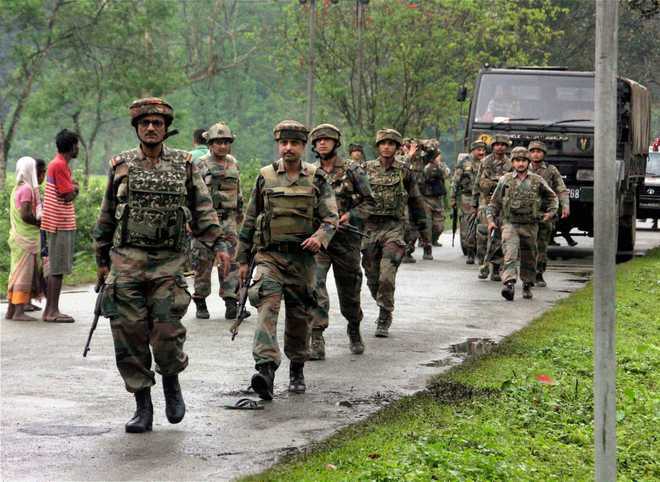
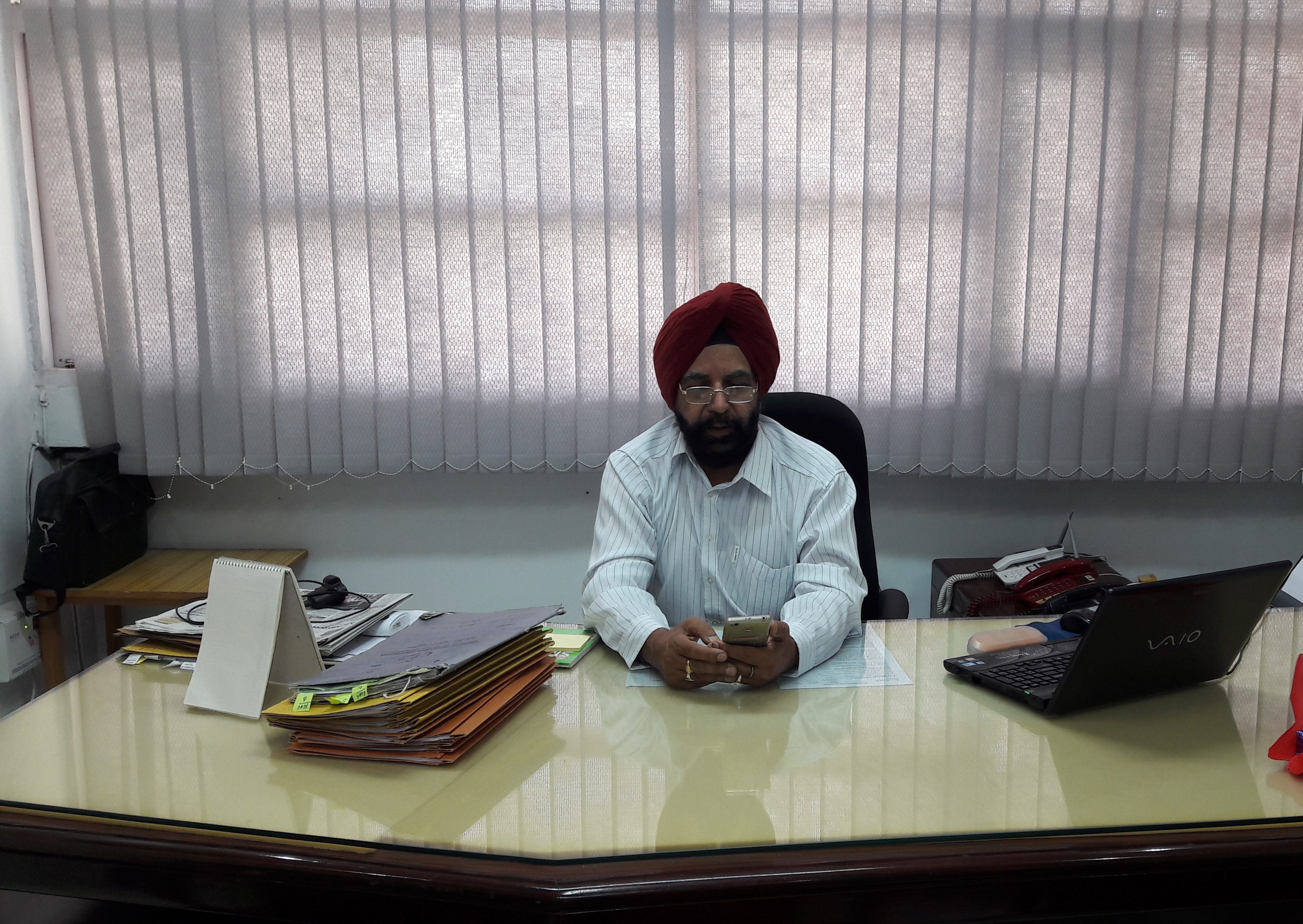



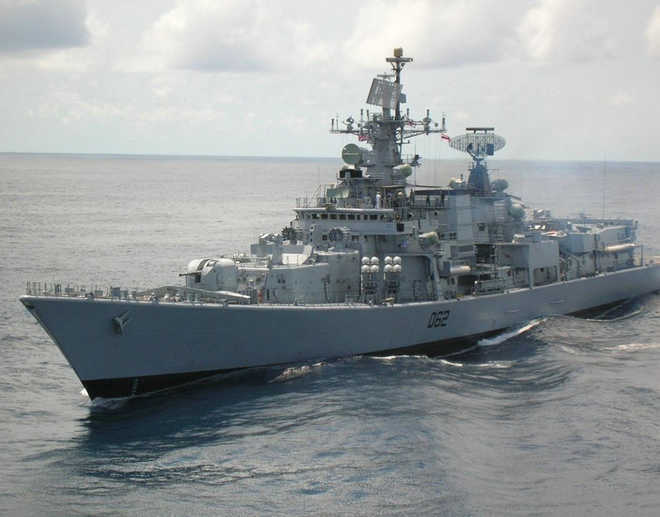
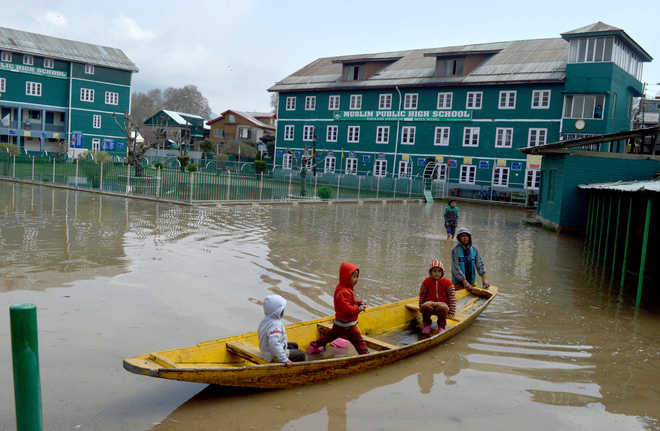
 WASEEM ANDRABI /HT
WASEEM ANDRABI /HT























